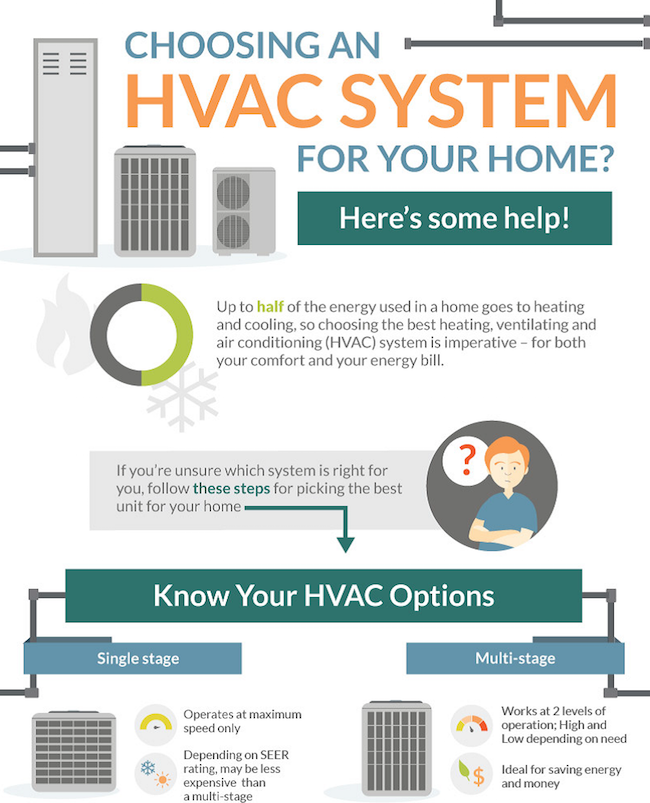Examining Weather Condition'S Function In Heatpump Performance And Suggestions For Optimization
Examining Weather Condition'S Function In Heatpump Performance And Suggestions For Optimization
Blog Article
Produced By-Tuttle Sahl
When it involves your heatpump, weather condition plays a crucial role in its performance. From freezing temperatures to sweltering heat, each aspect can impact just how effectively your system runs. However what can visit the following site do to combat these weather-related obstacles and ensure your heatpump is operating at its ideal? Keep tuned to discover sensible pointers and approaches to enhance your heatpump's performance, regardless of the weather it deals with.
Climate Factors Influencing Heat Pump Effectiveness
Weather condition factors have a considerable influence on the efficiency of heatpump. One critical variable is temperature level. Heatpump work by moving warmth from outside to within throughout winter months and the other way around in summertime. As temperatures decline, it comes to be harder for the heat pump to essence warmth from the outdoors air, reducing its performance.
An additional crucial element is moisture. High humidity levels can make it much more tough for the heat pump to launch warm throughout the cooling procedure.
Furthermore, wind speed plays a role. Strong winds can dissipate the warm taken in or released by the heat pump, affecting its total performance.
Tips for Optimizing Heat Pump Performance
To improve the performance and durability of your heat pump, carrying out a few crucial strategies can make a significant difference in its performance.
Firstly, make certain routine maintenance by cleansing or replacing filters every 1-3 months to prevent air flow blockages and optimize airflow. Furthermore, timetable yearly expert assessments to identify and attend to any type of possible problems beforehand.
Ideal thermostat setups likewise play an important role. During the winter months, go for a temperature setup that's as low as comfy, and throughout the summertime, set it as high as comfortable to decrease the work on your heatpump. Making use of a programmable thermostat can aid you immediately readjust settings based upon your routine.
Moreover, sealing leaks in ductwork and insulating ducts in unconditioned spaces can prevent energy loss and enhance overall system performance.
Finally, consider setting up a smart thermostat that can learn your practices and readjust settings accordingly, further maximizing your heatpump's efficiency. By following these ideas, you can ensure your heatpump operates effectively and efficiently throughout the year.
Best Practices for Weatherproofing Your Heat Pump
For optimal performance and efficiency of your heatpump, carrying out weatherproofing actions is vital. Beginning by sealing any kind of spaces or cracks around doors, windows, and ductwork to stop warm loss and keep a constant interior temperature level.
Protect subjected pipelines and ducts to stop freezing during winter and ensure proper airflow. Consider installing a protective cover over the outside unit to shield it from extreme climate components like snow, ice, and debris.
Regularly clean the exterior unit to get rid of dust, leaves, and particles that can obstruct air movement and lower effectiveness. Furthermore, keep the location around the heatpump free from snow, ice, and greenery to allow for proper ventilation.
Verdict
Since you recognize just how climate influences your heatpump efficiency, you can take aggressive steps to maximize its efficiency. By complying with the ideas outlined in this article, such as normal upkeep, thermostat changes, and weatherproofing steps, you can ensure that your heatpump runs at its best regardless of the weather. Remain successful and maintain your home comfy all year round.
